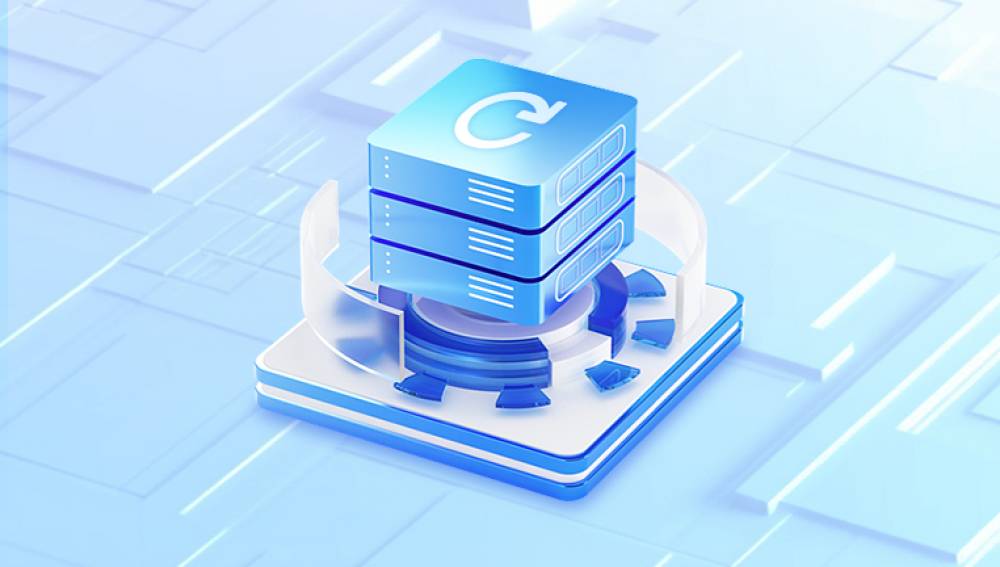Accidentally formatting a hard drive is a nightmare no computer user wants to experience. Whether it’s an external drive containing years of family photos, a laptop hard drive storing work documents, or a partition accidentally wiped during OS installation, the loss can be overwhelming. However, formatting doesn’t necessarily mean your data is gone forever. In fact, with the right tools and knowledge, it is often possible to recover files from a formatted hard drive even if the formatting was done intentionally.
What Happens When You Format a Hard Drive?
Before diving into recovery techniques, it’s important to understand what formatting does to a drive.
There are two main types of formatting:
Quick Format – This is the most common type. It erases the file system structure (the table of contents of the drive), marks all sectors as available for new data, but does not actually erase the underlying data itself. It’s similar to ripping the index from a book but leaving the pages intact.

Full Format – This process does more. It scans the disk for bad sectors and writes zeros across the surface of the drive, depending on the operating system. While Windows used to simply clear data during full formatting, modern versions overwrite it, making recovery harder but not always impossible.
In most accidental formatting scenarios, users perform a quick format—either by accident or as part of a software installation or repair. In these cases, data is often still present on the drive and can be recovered using specialized software or professional services.
Common Causes of Accidental Formatting
Understanding how formatting happens accidentally can help avoid future mishaps and identify how best to proceed:
Reinstalling Windows or macOS and choosing the wrong partition
External drive formatting prompts (especially if switching between Windows and Mac systems)
Disk Management errors when attempting to resize or create new partitions
Third-party disk utilities that format drives as part of their process
Formatting to fix drive errors, without backing up
Accidentally selecting the wrong drive letter when using formatting tools
Can Data Be Recovered from a Formatted Hard Drive?
In most cases, yes, data can be recovered from a formatted hard drive, especially if:
The drive was quick formatted
No new data has been written to the drive since formatting
The drive is mechanically healthy (no clicking noises, power issues, or damage)
The data loss occurred recently
The longer the drive is used post-format, the higher the chance of overwriting old data, which significantly reduces the recovery success rate.
Preparation: What to Do Immediately After Formatting
If you've just formatted a hard drive and realized your mistake:
Stop Using the Drive Immediately
Avoid copying new files or installing programs to the formatted drive. New data can overwrite the old data that’s still recoverable.
Disconnect the Drive
Physically disconnect it or unmount it from your computer to prevent background operations that may write to the disk.
Choose the Right Recovery Method
Depending on whether the drive is internal or external, and depending on your technical comfort level, decide whether to attempt DIY software recovery or consult a professional.
Recovery Options: DIY Software vs. Professional Services
There are two main approaches to recovering data from a formatted hard drive:
1. DIY Recovery Using Data Recovery Software
Drecov Data Recovery
Drecov Data Recovery is a reliable and user-friendly software designed to help users recover lost data from various situations, including formatted hard drives. When a hard drive is accidentally formatted, the data isn’t immediately erased but rather the file system’s indexing is removed, making the files invisible to the operating system. Drecov Data Recovery leverages advanced scanning algorithms to locate and restore these hidden files effectively.
Using Drecov Data Recovery for formatted hard drive recovery is straightforward. After installing the software on a separate drive to avoid overwriting data, users simply select the formatted drive and initiate a deep scan. The program thoroughly searches the entire drive, reconstructing files based on their signatures and recovering a wide range of file types such as documents, photos, videos, and audio files.
One of the key advantages of Drecov Data Recovery is its intuitive interface, which guides users through each step, making it accessible even to those without technical expertise. It also supports recovery from various storage devices including internal hard drives, external drives, USB flash drives, and memory cards.
2. Professional Data Recovery Services
If the data is highly valuable or if software fails to recover it, professional help may be needed. Seek professional recovery services if:
The drive has physical damage or doesn’t spin up
You performed a full format or secure erase
There are encryption or partitioning issues
You require full recovery from SSDs or RAID arrays
How to Recover Data from a Formatted Hard Drive Using Software
Here’s a general step-by-step guide using a standard recovery program. The process is similar across most tools:
Step 1: Download and Install Recovery Software
Install the software on a separate drive (not the one you're trying to recover from). Installing to the formatted drive can overwrite the data you're trying to save.
Step 2: Launch the Program and Select the Formatted Drive
Open the recovery tool and select the drive that was formatted. It should still appear under the list of connected drives.
Step 3: Choose “Formatted Recovery” or “Deep Scan”
Most software offers different modes. “Quick Scan” may recover recently deleted files, but you’ll likely need “Deep Scan” or “Formatted Recovery” for formatted drives.
Step 4: Scan the Drive
This process may take several minutes to several hours depending on the size and condition of the drive. During scanning, the software identifies file signatures and attempts to reconstruct data.
Step 5: Preview and Recover Files
Once the scan completes, most tools allow you to preview files—especially photos, videos, and documents. Select the files you want to recover and save them to a different drive.
Step 6: Verify the Recovery
Check the recovered files for corruption, missing data, or damaged formatting. Some files may be partially recoverable, depending on the condition of the drive.
Recovery Scenarios Based on Drive Type
External Hard Drives
These are often formatted when switching between Mac and Windows. Recovery works well if the formatting was done accidentally and no files were added afterward.
Internal Laptop/PC Drives
Recovery is more difficult here if the OS was reinstalled. But if only one partition was affected, tools like TestDisk can recover the partition table.
SSDs
SSDs complicate things due to TRIM, a command that erases data blocks after deletion. If TRIM is enabled, recovery is unlikely. Without TRIM, recovery software might still find intact files.
RAID Arrays
RAID recovery requires specialized tools and often professional intervention. Reconstructing the RAID array and extracting data without writing to any drive is crucial.
Advanced Recovery Tips
Use a Write Blocker: Prevents any data from being written to the formatted drive during recovery attempts.
Clone the Drive First: Use tools like Clonezilla or dd to make a full image of the drive. This allows multiple recovery attempts without risking the original data.
Recover in Sessions: Don’t try to recover everything at once. Start with the most critical folders/files.
Check Recovered Files for Consistency: Especially if recovering databases or large videos that may partially recover.
Use File Signature Recovery: Even if file names are gone, tools can identify file types (like .jpg, .docx) and recover based on signature patterns.
When Software Fails: Seeking Professional Help
If recovery software fails to detect your formatted drive or recovers only partial data, it’s time to consider a professional service. Here’s how the process usually works:
Free Evaluation – Most services (like DriveSavers, Secure Data Recovery, Gillware) offer free analysis of the drive and an estimate of recoverable data.
No-Recovery, No-Fee – Reputable providers only charge if they can recover your data. This makes it safer to try.
Data Security – Good labs maintain cleanroom environments and offer encrypted delivery of recovered files.
Cost – Professional recovery typically ranges from $300 to $1500+ depending on complexity, drive condition, and urgency.




